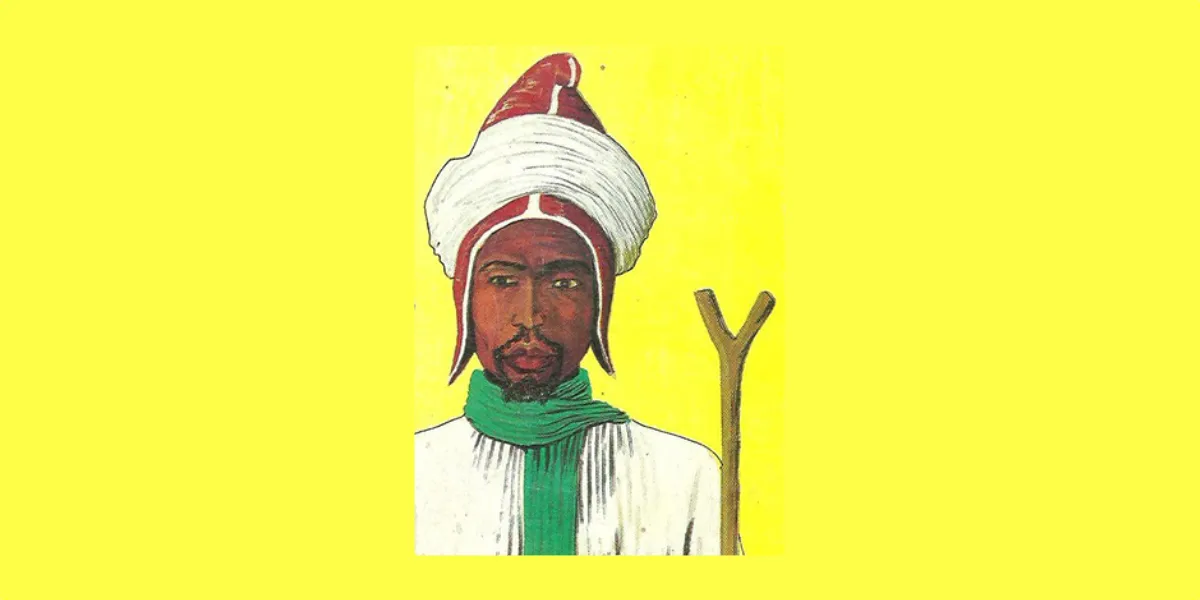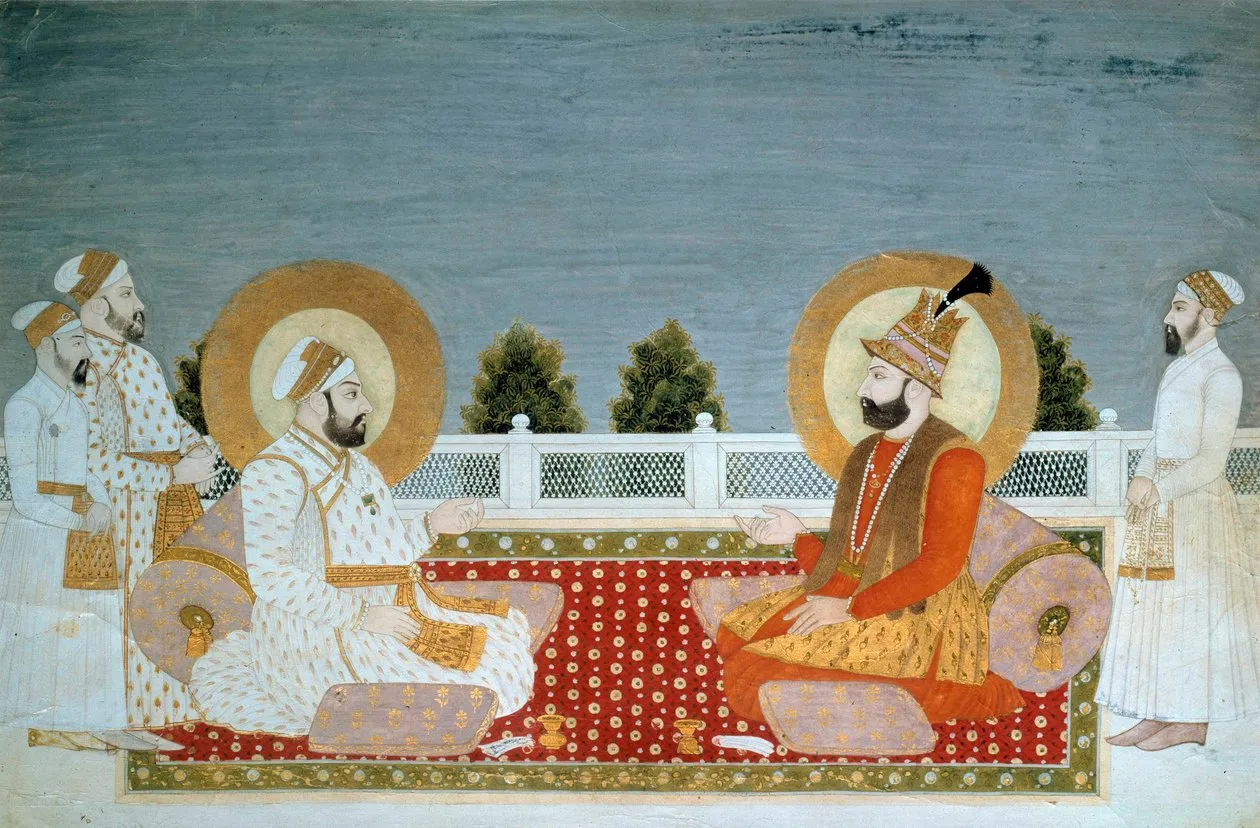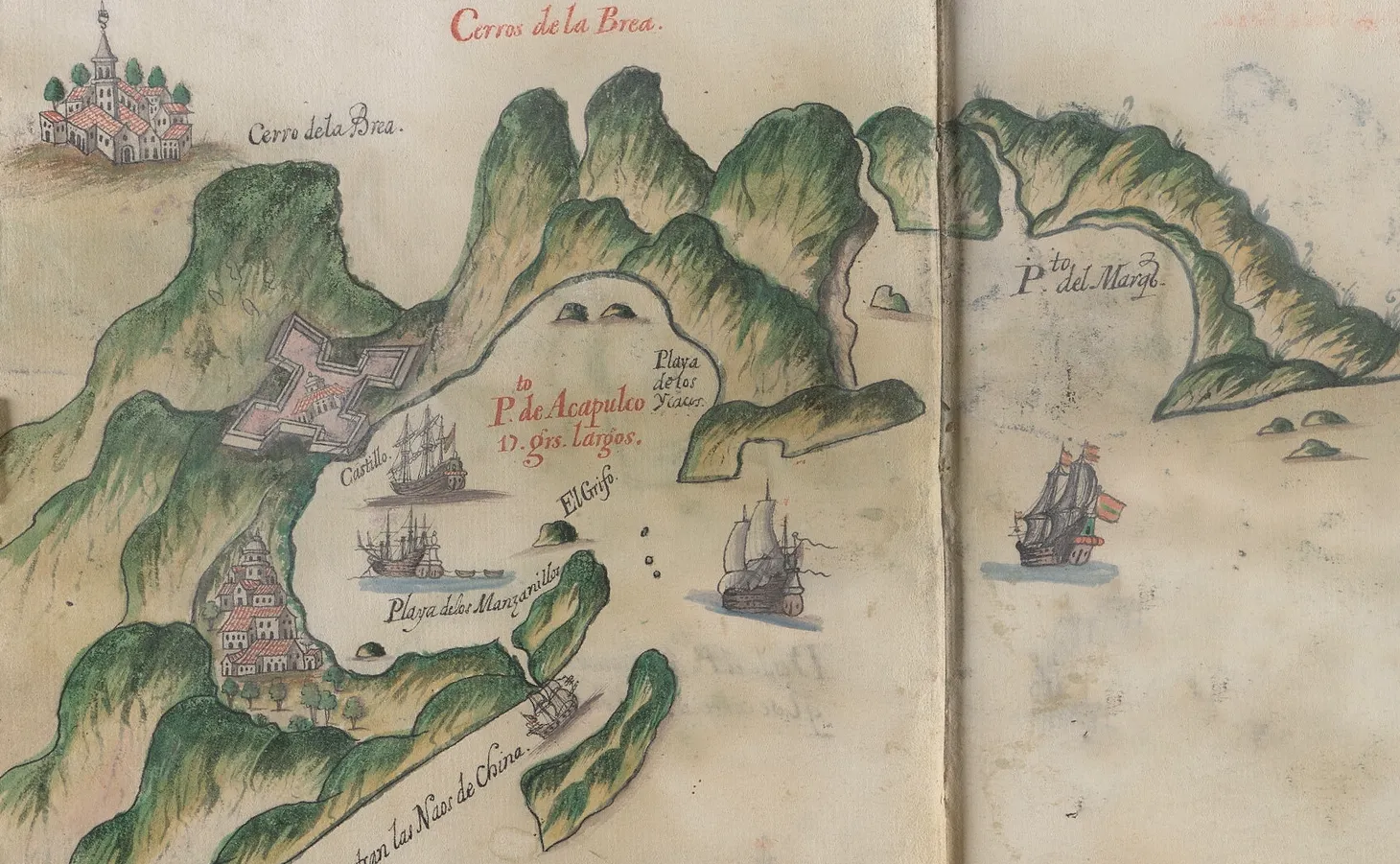“Pilfering Our Resources”: Teaching the Causes of New Imperialism with Primary Sources
A discussion of how to teach the causes of New Imperialism using primary sources.
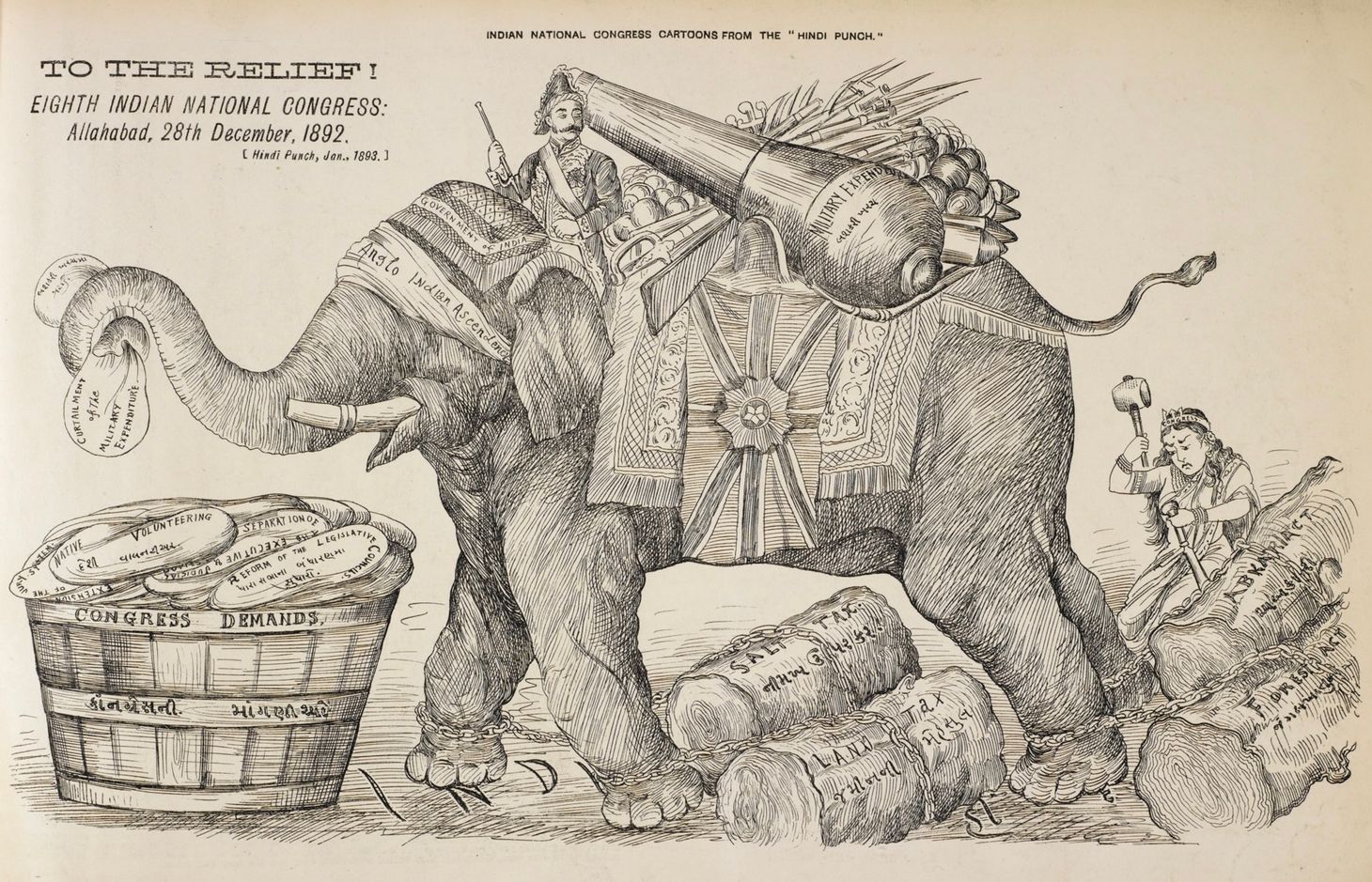
By the end of the nineteenth century, the British enjoyed bragging about how much of the Earth they ruled over. They bragged about the size of their empire with phrases about the sun never setting on it. They bragged about the size of their empire, with maps of the world colored in red for all the locations they had colonized. If Greta Thunberg had been alive in 1900, she would have responded perfectly to any nation that bragged about the size of its empire or the number of its colonies.
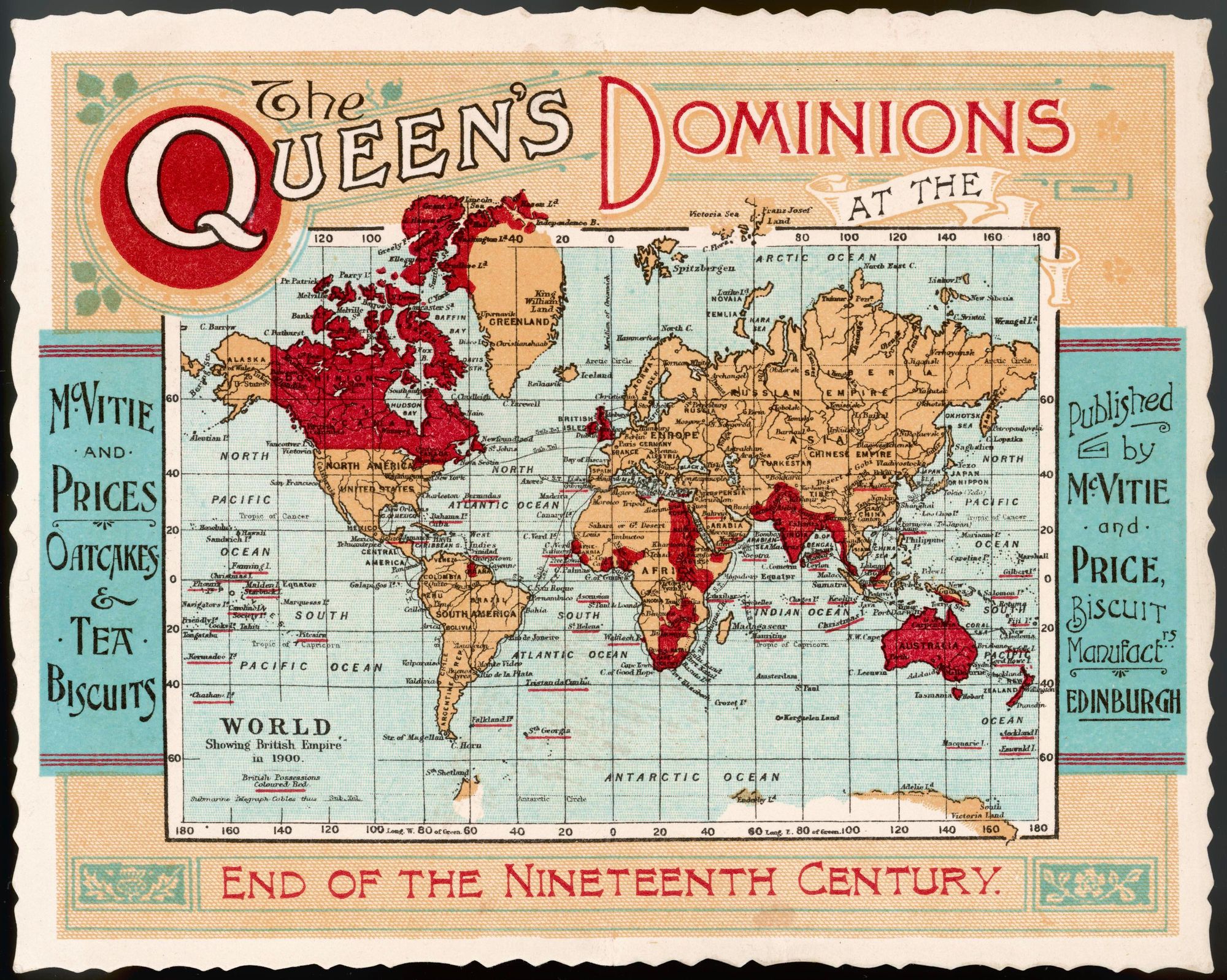
Once we get past Britain’s boasting, how do we help students understand why the British and the other Western powers colonized much of the world in sixty-five years? It’s worthwhile to begin by showing the students the amount of territory Europeans colonized so that they can visualize the magnitude of the territorial changes. If we have students look at maps of the world from 1850 and 1914 (the eve of the First World War), they can see how much territory Europeans (as well as Americans and Japanese) had colonized.
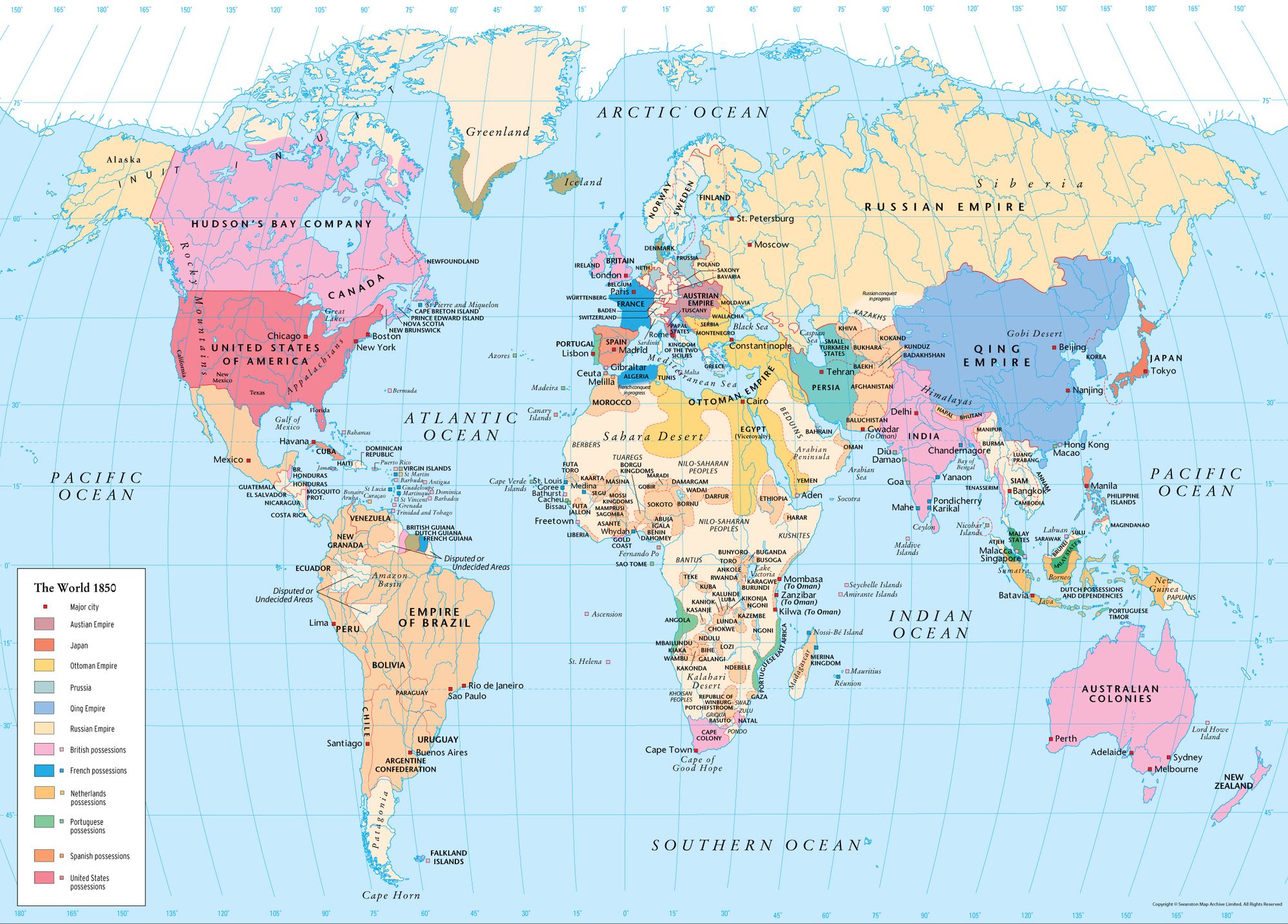
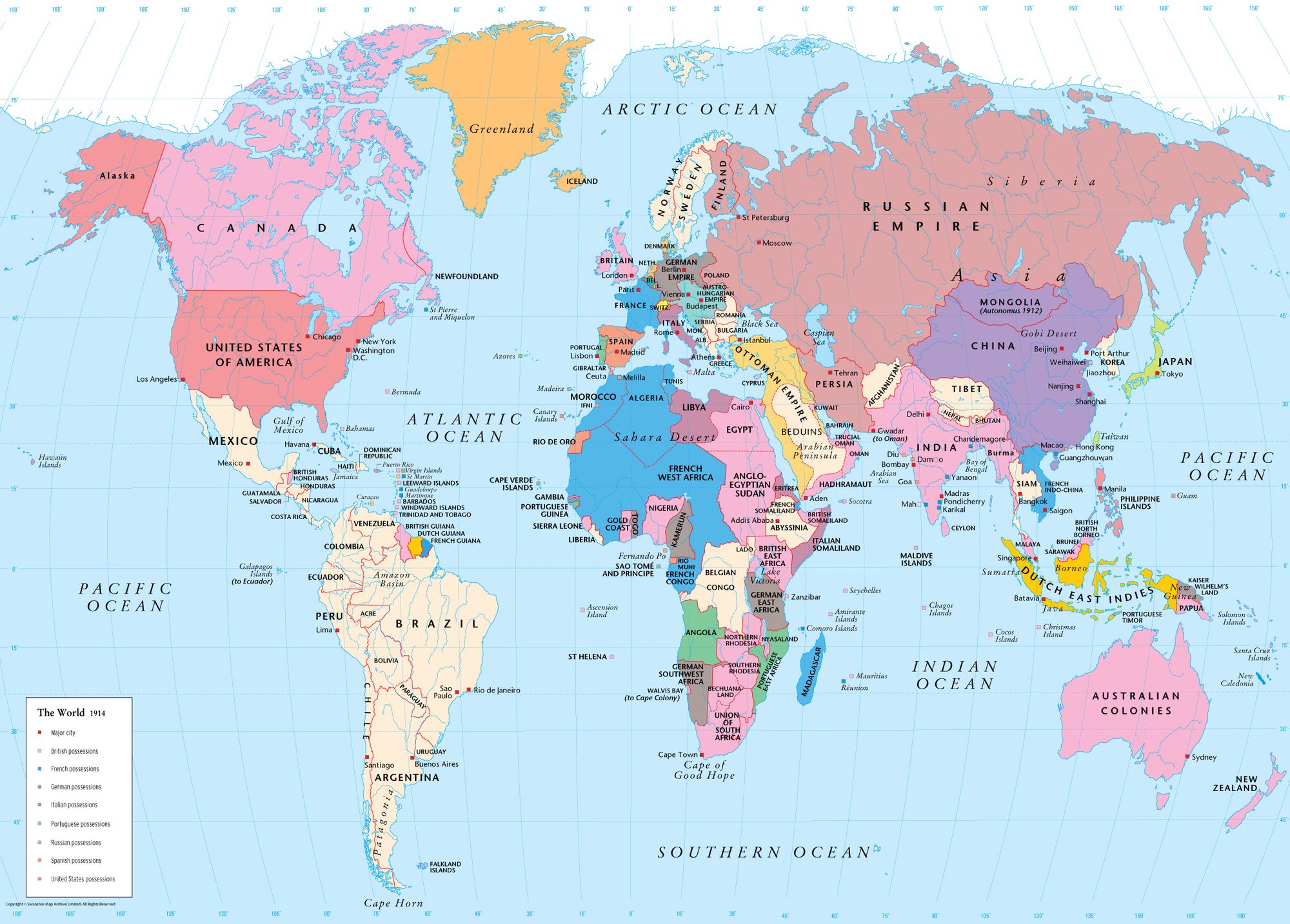
In 1850, Europeans were less than 20% of the world’s total population, but they controlled most of the world’s territory by 1914. How and why were relatively few people able to assert power over so many people and so much territory? When it comes to teaching the causes of New Imperialism, there are two separate elements we want students to understand. There is the question of why Europeans wanted to colonize – the motives. There is also the question of why Europeans were able to colonize – the means or the methods. We can let Europeans speak for themselves about their motives and methods, but there is no reason to let Europeans’ arguments go unchallenged in the classroom. If we want to escape from Eurocentric interpretations of world history, students should consider how colonized peoples and Western opponents of imperialism understood the causes of European conquests.
Tools of Empire: The Methods of New Imperialism
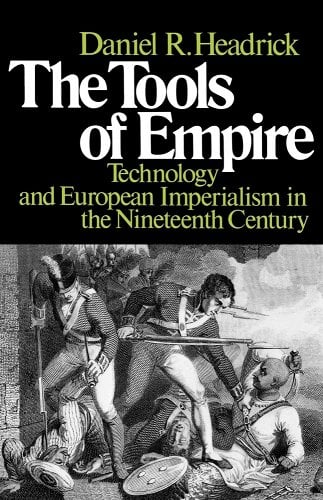
This content is for Paid Members
Unlock full access to Liberating Narratives and see the entire library of members-only content.
SubscribeAlready have an account? Log in

